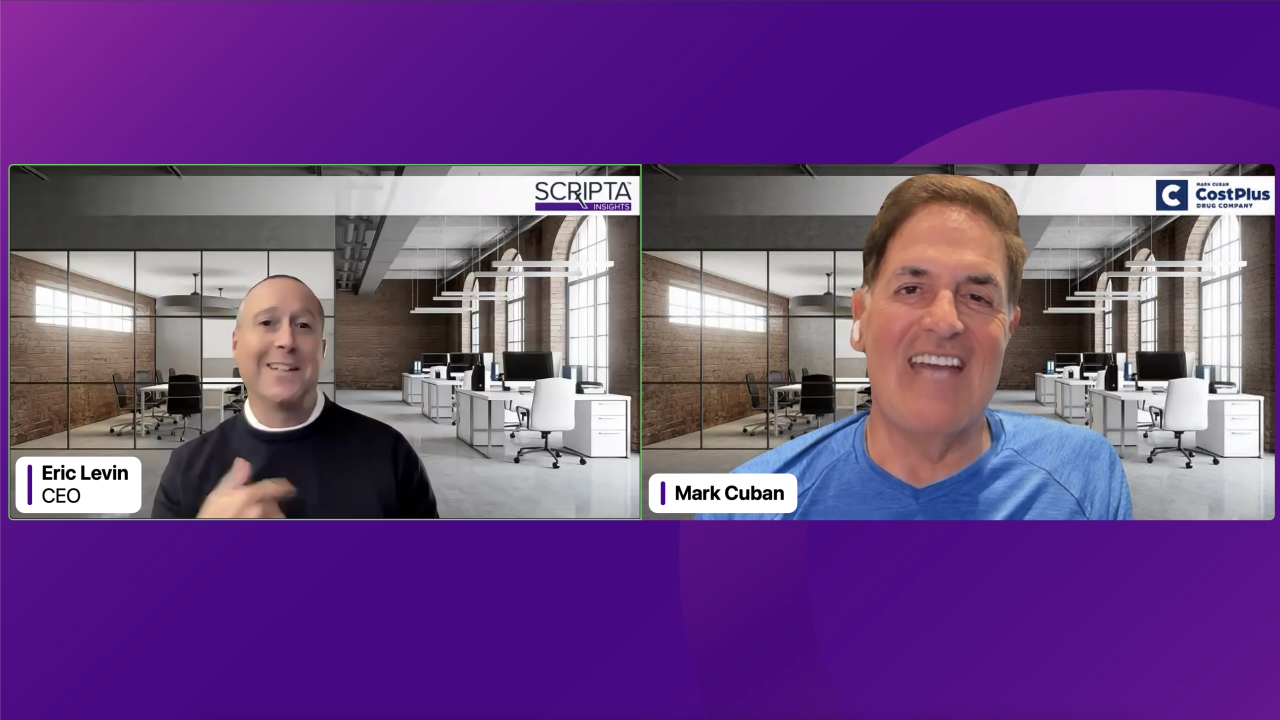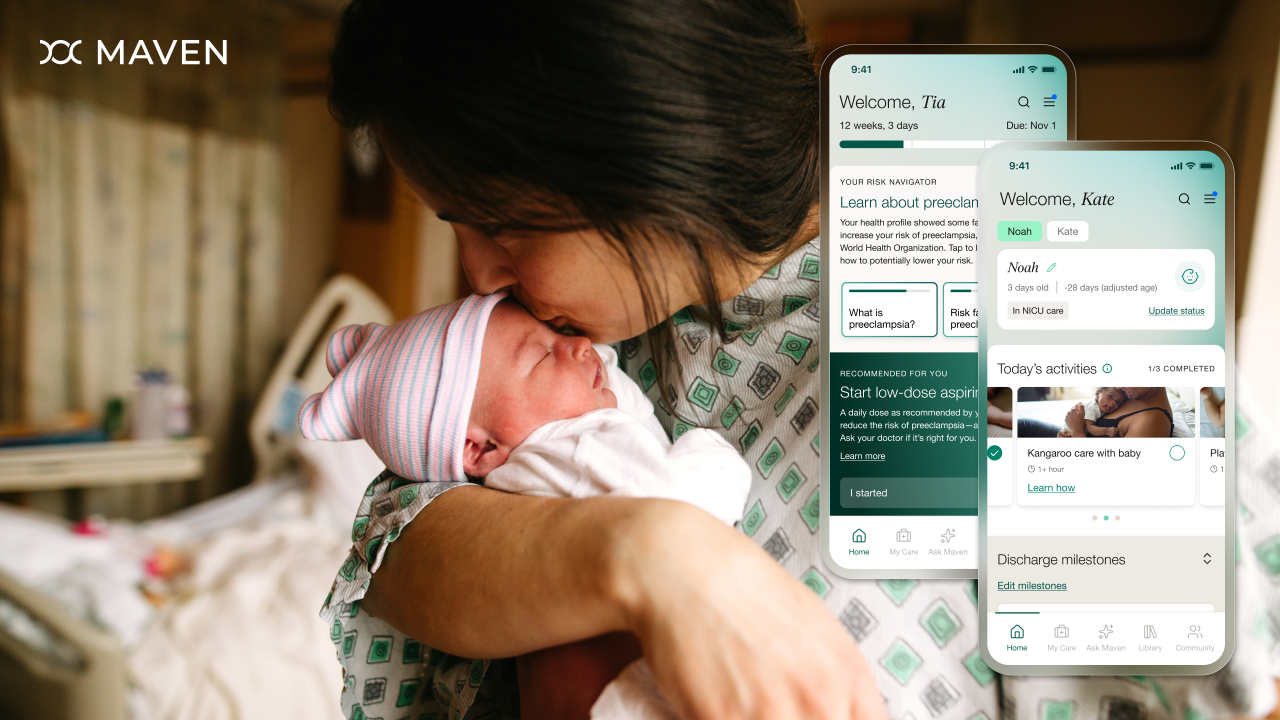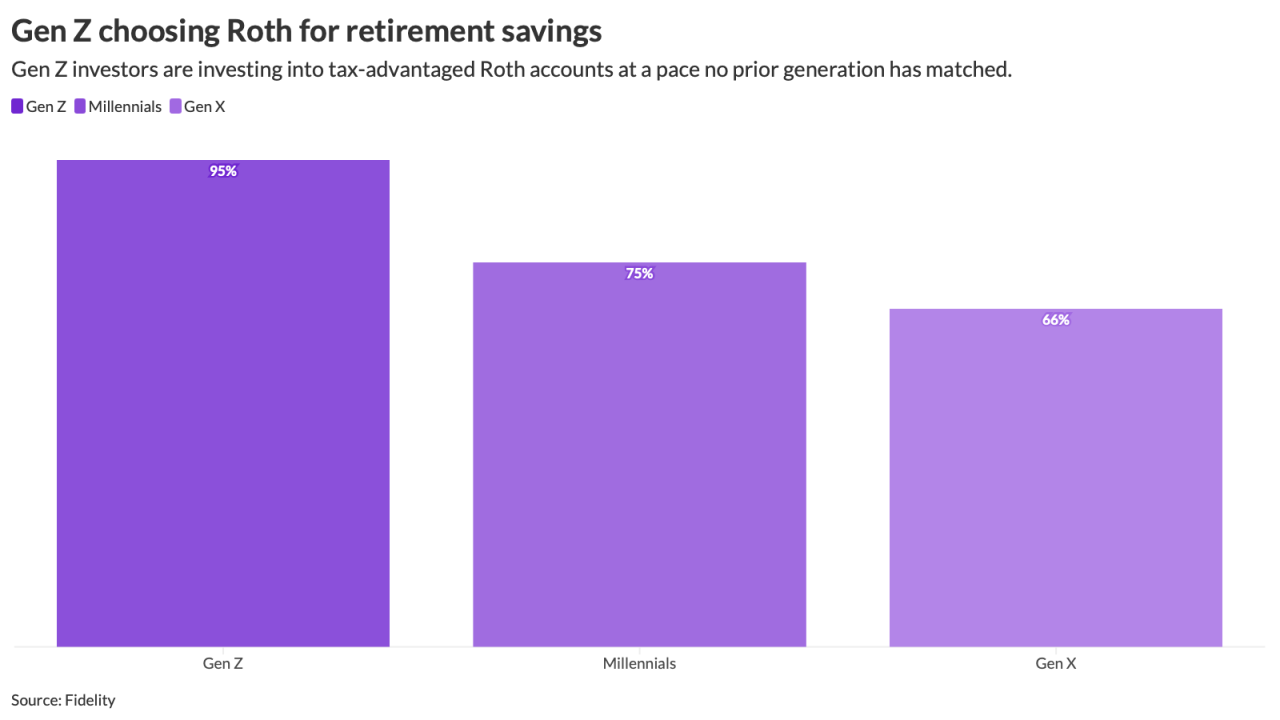A cancer diagnosis is not just a life-changing event for an employee and his or her family, its also increasingly become a gigantic consideration in the overall costs of employer-sponsored insurance plans.
Learning to cope with treatment or even the time or alternative work arrangements required for an employee helping a loved one dealing with cancer can be a challenge for any HR professional, but a new guide hopes to provide better understanding and also offer some broader cancer prevention suggestions for Americas workers.
The National Business Group on Healths
NBGH notes that cancer treatment, one of the top three conditions dealt with on a national level, ends up consuming approximately 12% of total medical expenses, across the board; as well, nearly a quarter of employees end up taking time in a caregiving role to family members dealing with cancer treatment of their own.
In practical terms, NBGHs new guide can help employers set up, implement and then measure the success of a variety of cancer-related strategies.
Lynn Zonakis, managing director of health strategy and resources at Delta Air Lines, Inc., says her company has taken similar efforts to more effectively address the reality of cancer issues in the workplace an important venue for discussing a disease with such a broad impact.
Employers can play a major role in keeping workers healthy and also supporting cancer patients during treatment and return to work, Zonakis says. Large employers, especially, have the ability to specifically design health benefits to their workforce. This three-year project has certainly helped shape Deltas approach and commitment to addressing cancer in the workplace.
For Delta, thats included initiatives such as full coverage for recommended cancer screenings, a Centers of Excellence program and even Delta Health Direct, a specialized concierge service which provides confidential access to coaching, a nurse line, disease support and even suggestions on treatment decision-making.
The Employers Guide offers six tools that have been developed based on recommendations from the NCCNs Clinical Practice Guidelines in Oncology, each coinciding with the entire planning and rollout of a full employer benefit program: plan design, enrollment, plan administration and evaluation.
The guide also offers insight on the broader issues in cancer care, ranging from medical, pharmacy and behavioral benefits to the best utilization of short-term disability, family medical leave and employee assistance programs.
With significant gains in cancer survival rates and most cancer survivors staying at work during their treatment or returning to work after their treatment, employers need a comprehensive benefits plan to ensure that their current strategies to address cancer in the workplace complement the needs of their employees, says Helen Darling, president and CEO of the NBGH.




